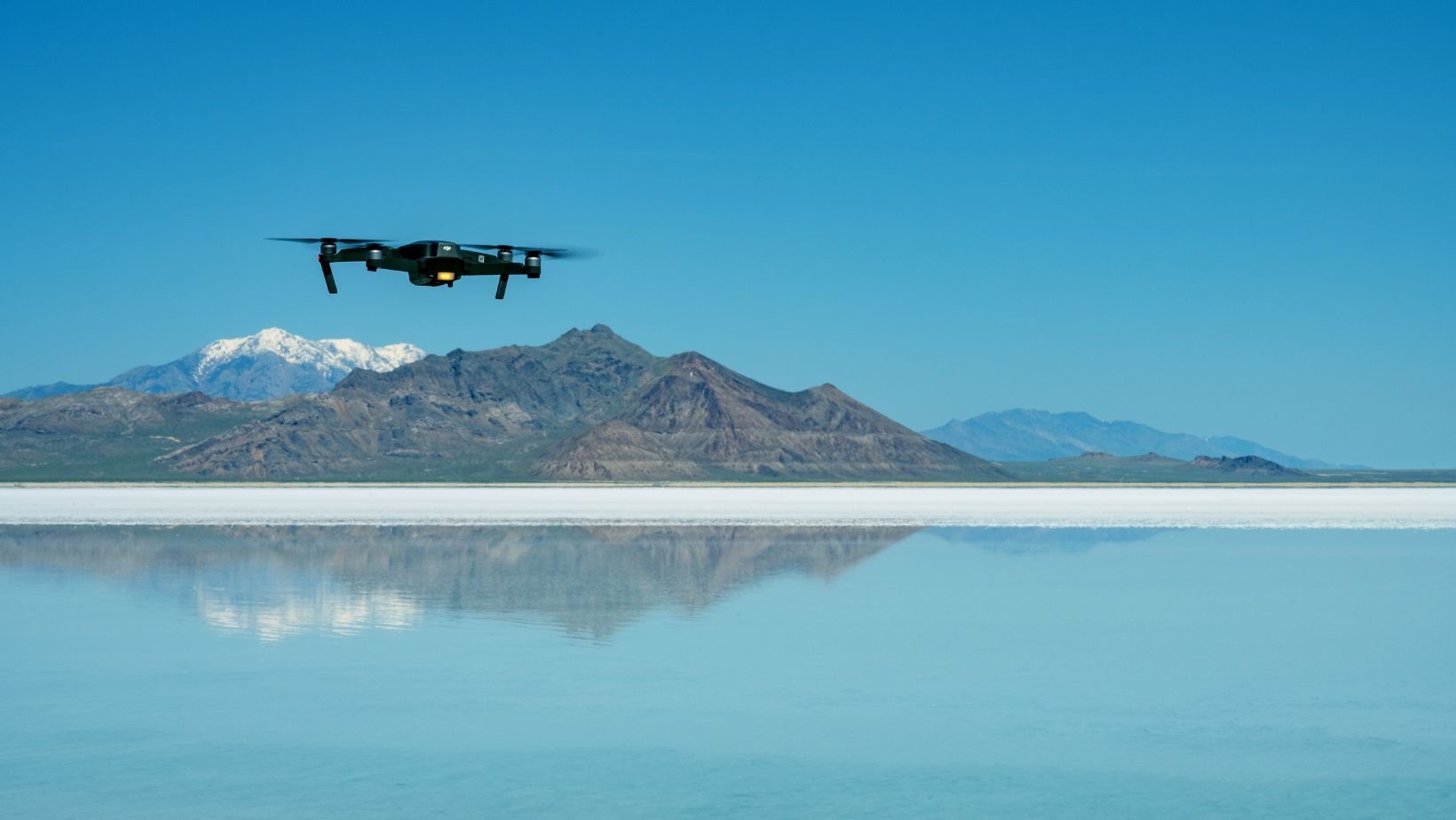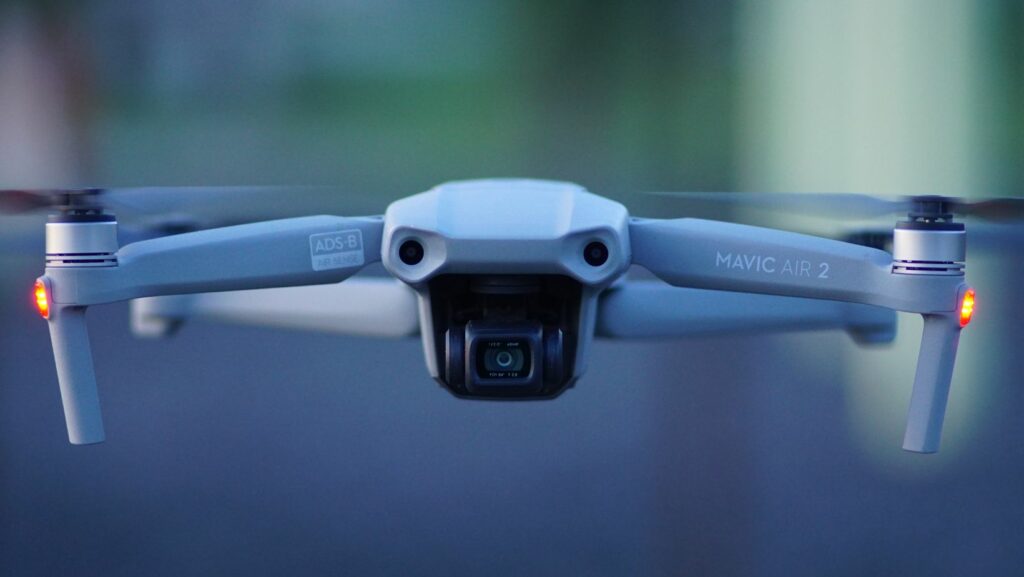
The Most Popular Places to Fly a Drone
Drones have become increasingly popular in recent years, both as toys and as tools for businesses and hobbyists. But before you can take to the skies, you need to know where it is legal to fly your drone.
In the United States, the Federal Aviation Administration (FAA) regulates all drone activity. You must register your drone with the FAA if it weighs more than 0.55 pounds (250 grams). Once your drone is registered, you will be issued a certificate that allows you to fly it in accordance with the law.
The Legality of Flying a Drone
Drones, or unmanned aerial vehicles (UAVs), are becoming increasingly popular. While most people use them for photography or videography, others use them for more practical purposes, such as surveying land or delivering packages. But before you go out and buy a drone, there are a few things you should know about the legality of flying one.
In the United States, the Federal Aviation Administration (FAA) regulates the use of drones. The agency has strict rules about where and how you can fly your drone. For example, you must keep your drone within your line of sight at all times, and you are not allowed to fly it over crowds of people.

There are also a few states that have their own set of drone laws. For example, California requires all drones to be registered with the state before they can be flown. If you plan on flying your drone in another country, be sure to check the local laws before taking off.
Flying a drone can be a lot of fun, but it is important to make sure you are doing it legally. By following the rules set by the FAA and your local government, you can avoid getting into trouble and ensure that everyone stays safe.
Where Can You Fly a Drone
The Federal Aviation Administration has strict rules about where you can and can’t fly a drone. Here’s a quick rundown:
- You can fly a drone for hobby or recreational purposes in most civil airspace.
- You need to get certified by the FAA if you want to fly a drone for commercial purposes.
- You can’t fly a drone near airports or helipads (within 5 miles).
- You can’t fly a drone over 400 feet above the ground.
- You can’t fly a drone near people or stadiums.
- You can’t fly a drone in national parks.
- You can’t fly a drone above 400 feet in altitude.
- Near other aircraft, over crowds of people, or in protected areas such as national parks
If you want to fly your drone for commercial purposes, you will need to obtain a special license from the FAA. This process is relatively simple and just requires you to pass a written exam. Once you have your license, you will be able to fly drones for business purposes such as photography, surveying, and mapping.
Tips for Flying a Drone
Most people who own a drone are very careful about where they fly it. There are many places where it is not legal to fly a drone, and even more places where it is not safe to fly a drone. Here are some tips for flying your drone safely and legally.
Before you take your drone out for a spin, make sure you understand the rules and regulations for flying a drone in your area. In the United States, the Federal Aviation Administration (FAA) regulates all drone activity. You can find more information on the FAA website.

When you’re ready to fly, follow these tips:
- Choose a safe location: Look for an area that is free of obstacles, away from people and animals, and not prone to strong winds.
- Fly during daylight: It’s easier to see your drone during the day, so you’re less likely to lose control of it.
- Stay below 400 feet: Most drones cannot fly higher than 400 feet, so stay below this altitude to avoid crashing into objects or losing sight of your drone.
- Keep your drone in sight: Always be able to see your drone while it’s in the air. If you lose sight of it, stop flying immediately.
- Be respectful of other people’s privacy: Don’t take photos or videos of people without their permission.
Places to Fly Your Drone
1. Beaches: Beaches offer plenty of space for flying and usually have good visibility. Just be careful of people and obstacles near the water.
2. Parks: Parks can be a great place to fly, but make sure you check for posted signs prohibiting drones before taking off.
3. Sports stadiums: Sports stadiums offer plenty of space and often have good visibility from the seats. Just be aware of any rules or regulations that the stadium may have regarding drones.
4. Golf courses: Golf courses often have wide open spaces and few obstacles, making them ideal for flying drones. However, please be respectful of players and staff members while flying.

